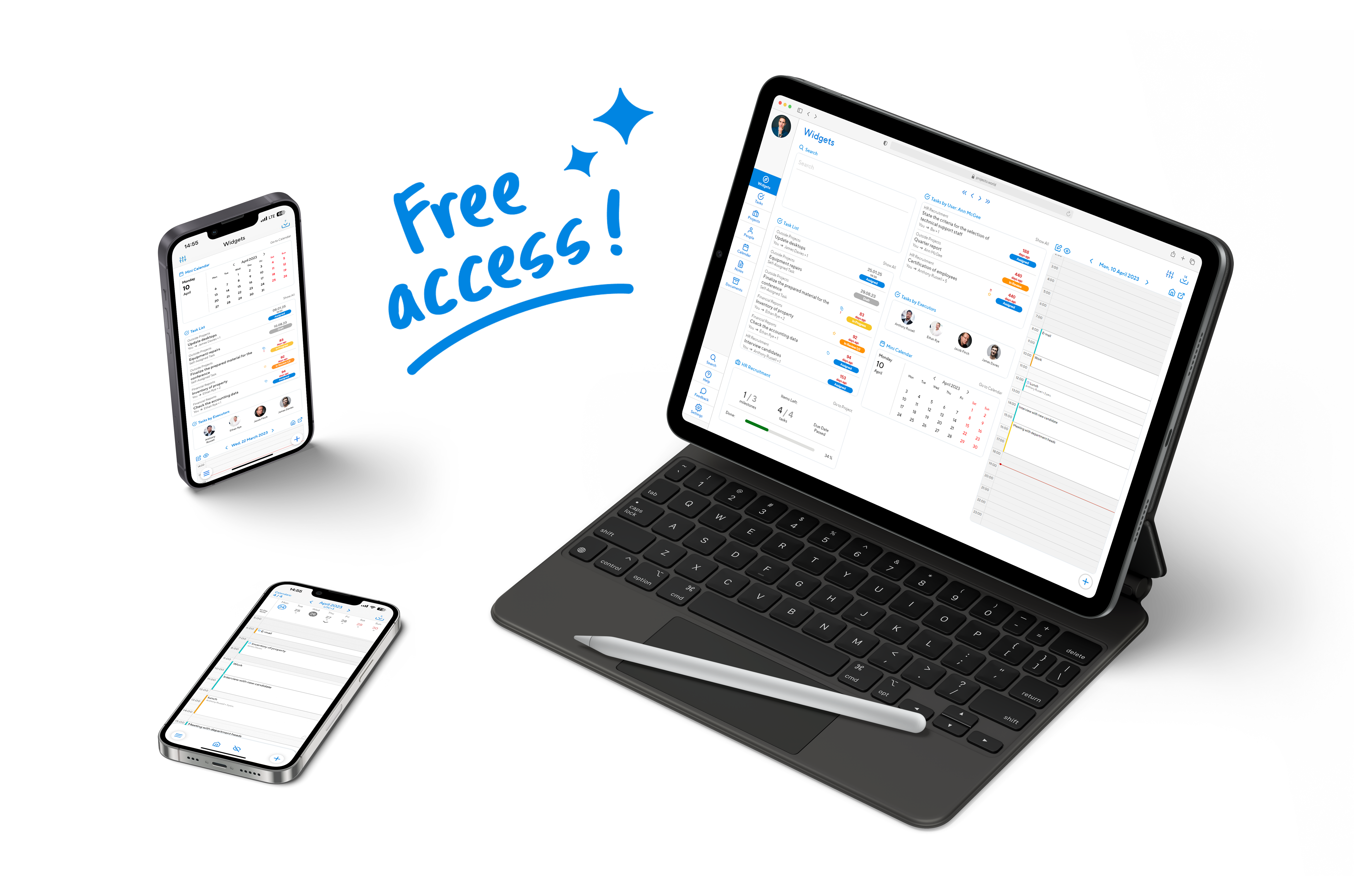The process of conducting project work with a team is a basic element of management in a company. With this method of organization, the level of execution and speed increases. Proper planning allows for effective planning and implementation of the organization.
In order to conduct a project properly, a manager needs to build a work plan for the employees. Various applications and browser extensions make this process easier and clearer for managers and executors. For example, Projecto has the necessary functionality for setting tasks of different complexity and priority. Controlling and structuring them.
Methods of project management
There are two main methodologies: waterfall and agile. Their main difference is the linearity of progression. With «waterfall» the stages are carried out strictly according to the order of setting. When using agile, there is likely to be flexibility in the progression of the structure. If at one of the stages there was a stupor, you can roll back a couple of points and perform the task from the right place, or simultaneously lead with the subsequent ones.
Waterfall
Let’s take a closer look at the first method. The most common model, in another way it is called «cascade». Tasks are solved one after another, in a clearly defined order. To work according to this scheme you need to have a clear plan of action:
- Task setting;
- Execution;
- Verification;
- Confirmation;
- Completion
This method does not involve contingencies and sudden changes in the project plan. Usually agile is used for those.
Leading Projects According to Agile
As mentioned earlier, agile activities move in a non-linear manner. This implies breaking down the stages of work into sprints that last from 2 to 4 weeks.
Agile consists of two main methodologies of project management: scrum and kanban. Scrum refers to the performance of certain tasks and regular meetings. This methodology is effective in projects where a specific product needs to be developed. Kanban relies on lists to properly distribute work among employees, avoid stagnation and overload.
As mentioned earlier, agile activities move in a non-linear way. This implies the division of work stages into sprints, the duration of which is from 2 to 4 weeks.
Agile consists of two main methodologies of project management: scrum and kanban. Scrum refers to the performance of certain tasks and regular meetings. This methodology is effective in projects where a specific product needs to be developed. Kanban relies on lists to distribute work among employees properly, avoiding stagnation and overload.
A few basic concepts of agile:
- It is important to adapt to the strengths and weaknesses of project performers;
- Create regular accountability throughout the implementation period;
- Build collaboration between the implementers and with the client;
- Be able to react quickly to changes.
Stages of Project Management
Consider the basic stages of a project: initiation, planning, execution, monitoring, and finalization.
Initiation
Analyzing the potential of the project and the likely steps to implement it. If the team is ready to take on the work, a plan is developed. If not, a list of problems to be solved for successful realization of the task is developed.
Planning
When the project is approved and the team is ready to start work, the project plan is developed. According to this plan, employees are oriented, who in what sequence does their part of the project. Deadlines for delivery of results at each stage are prescribed for easy monitoring of activities. And goals are set for completion.
Execution
The process of employee activity. At this stage there is a parallel following of two stages. Employees’ fulfillment of their responsibilities and managers’ monitoring.
Monitoring
Managers monitor the project process and deadlines. They note which team members are overloaded and distribute responsibilities among employees in order to create an efficient working environment. Projecto, an app that allows you to monitor all stages of a project from any device, is a great tool for this.
Finalization
The last stage of the project. This is where the team summarizes and reports on the work done. At the end, employees can evaluate the result, how everyone fulfilled their duties and how much time was spent on each stage.
Using Project Management Software
Structuring the work on a project is the basis of successful activity. To simplify this process and make it more accurate, use special programs.
Such programs have a number of advantages:
- All activity data is in one place. You will always be able to check the finished volume and what was done at each stage.
- With their help, you can clearly schedule the duties of each employee and control the efficiency of work. Check and eliminate difficulties.
- Each stage of the project is clearly presented in front of all participants. All employees clearly see their tasks and goals.
- There are many applications and extensions to systematize project activities. Instead of unstructured communication in messengers, piles of links — install software for structuring activities, for example, Projecto.
Project Management With Projecto
To successfully manage and complete a project, you need to keep all data in one place and at your fingertips. Projecto allows you to collaborate with your employees at all stages.
Projects in Projecto can be made personal and shared, employees only see the ones they are executing or observing. With the structuring function, everyone can sort their tasks into groups to quickly navigate through the flow of information and not lose important to-do’s.
All the documents you need for your work are structured in tabs. It’s easy to find them and work together with your team.
Create goals and link them to tasks, so employees can see exactly what they need to do to achieve them. Define the actual and actual deadline for goals and their status — achieved, irrelevant and failed.
Choose any convenient method of progress tracking — kanban boards, Gantt charts or classic calendar.
